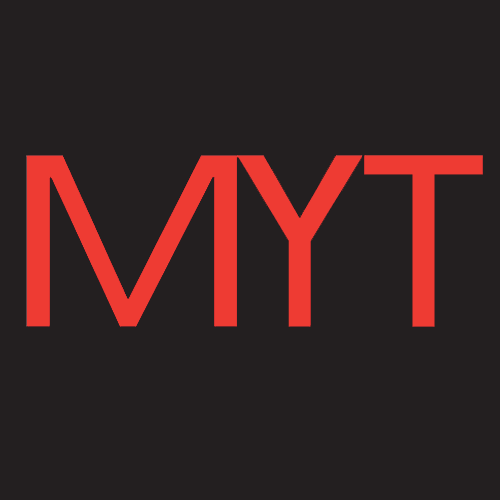The Great American Eclipse of 21 Aug 2017
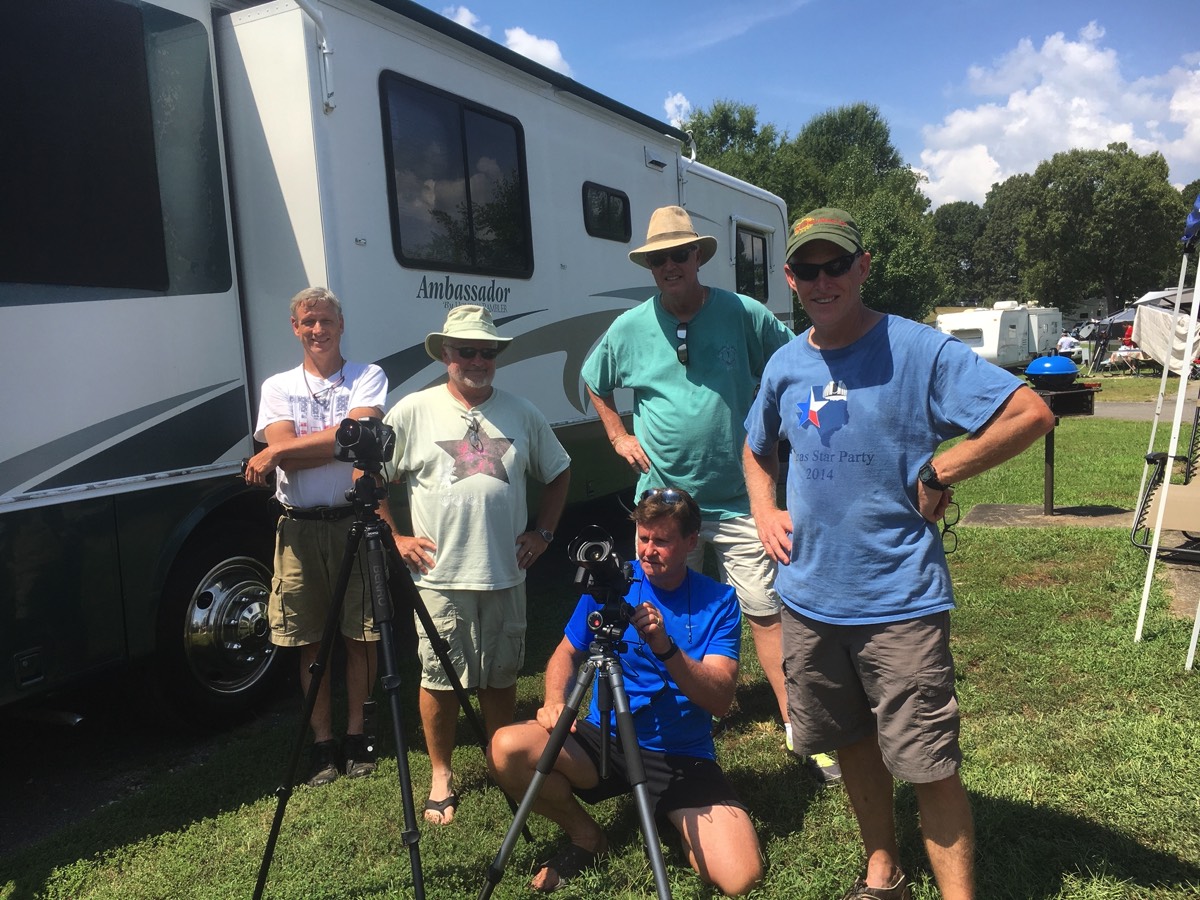
In the picture above (left to right), Jon Joseph (Starlight Instruments), Dean Schwartzenburg, Charlie Warren (Amateur Astronomy Magazine), Dana Lindstrom, and myself (Photo: Janice Talbot)
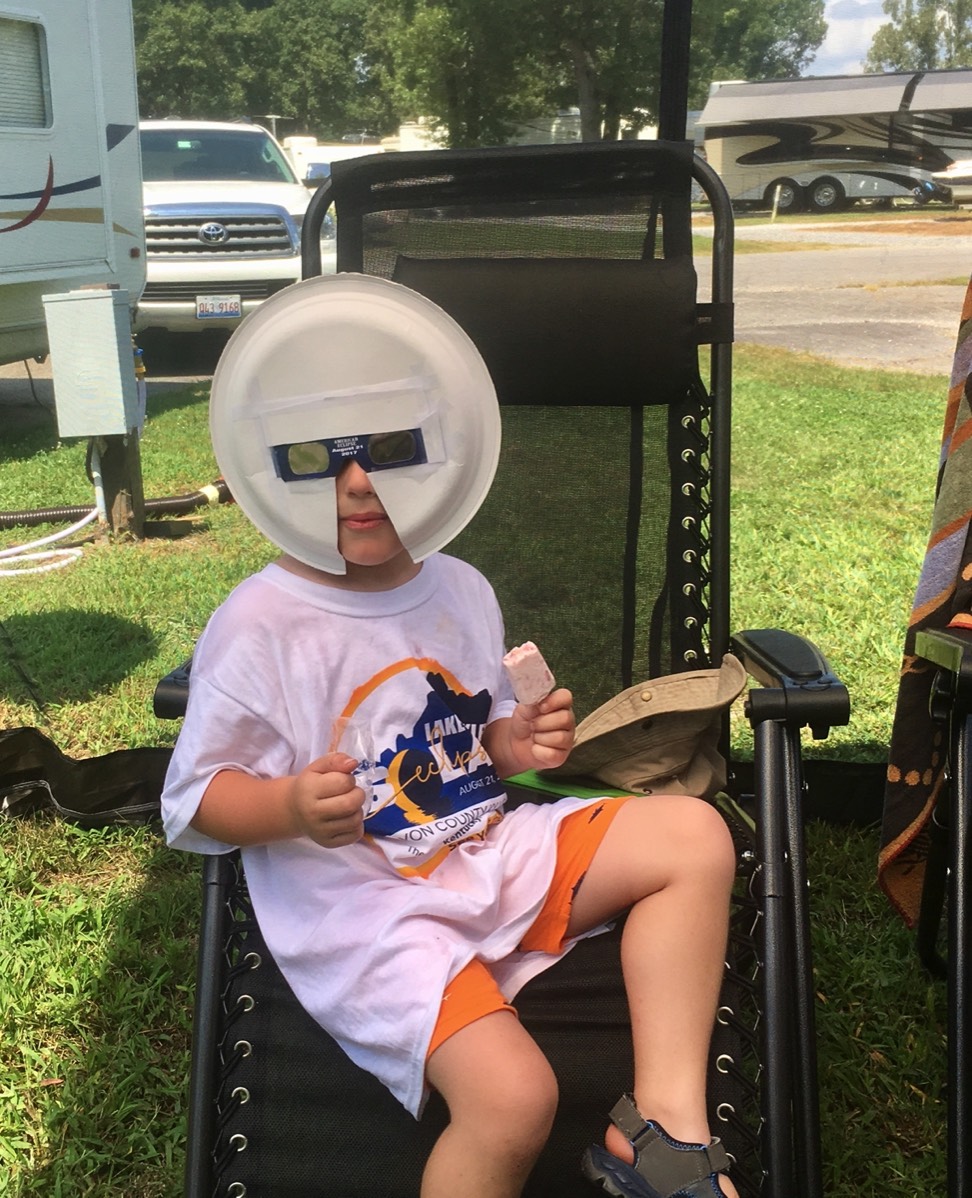
Everyone was ready with all sorts of eclipse eyewear! (Photo: Janice Talbot)
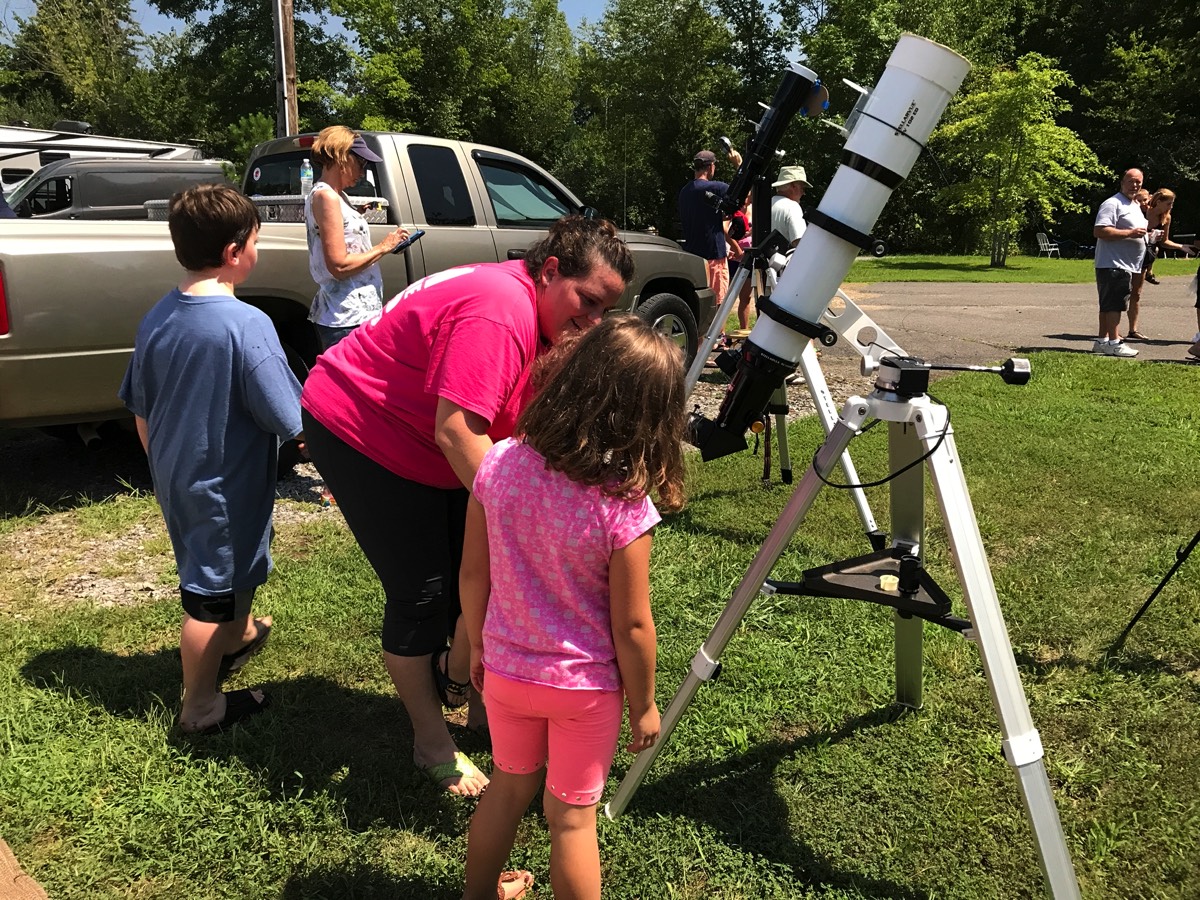
We had many visitors stop by during the main part of the eclipse to view the sun and moon through several telescopes
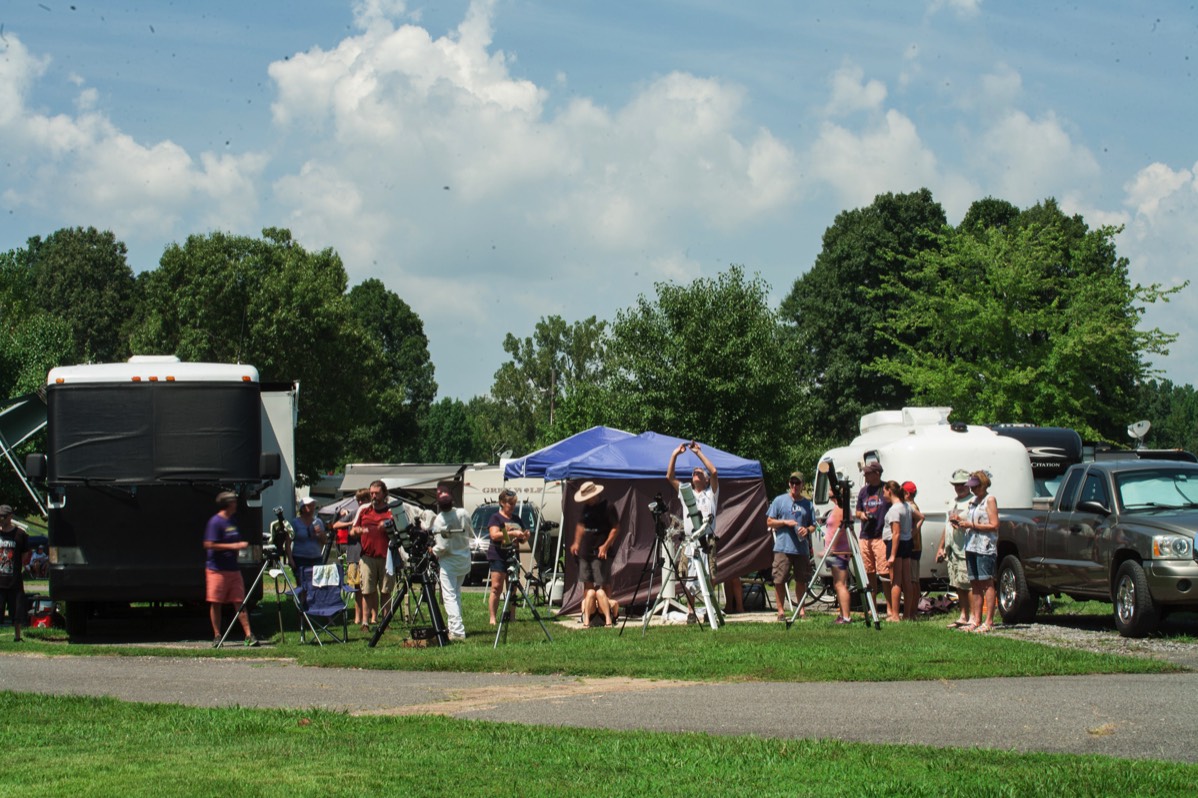
Quite a crowd showed up 30min prior to totality.
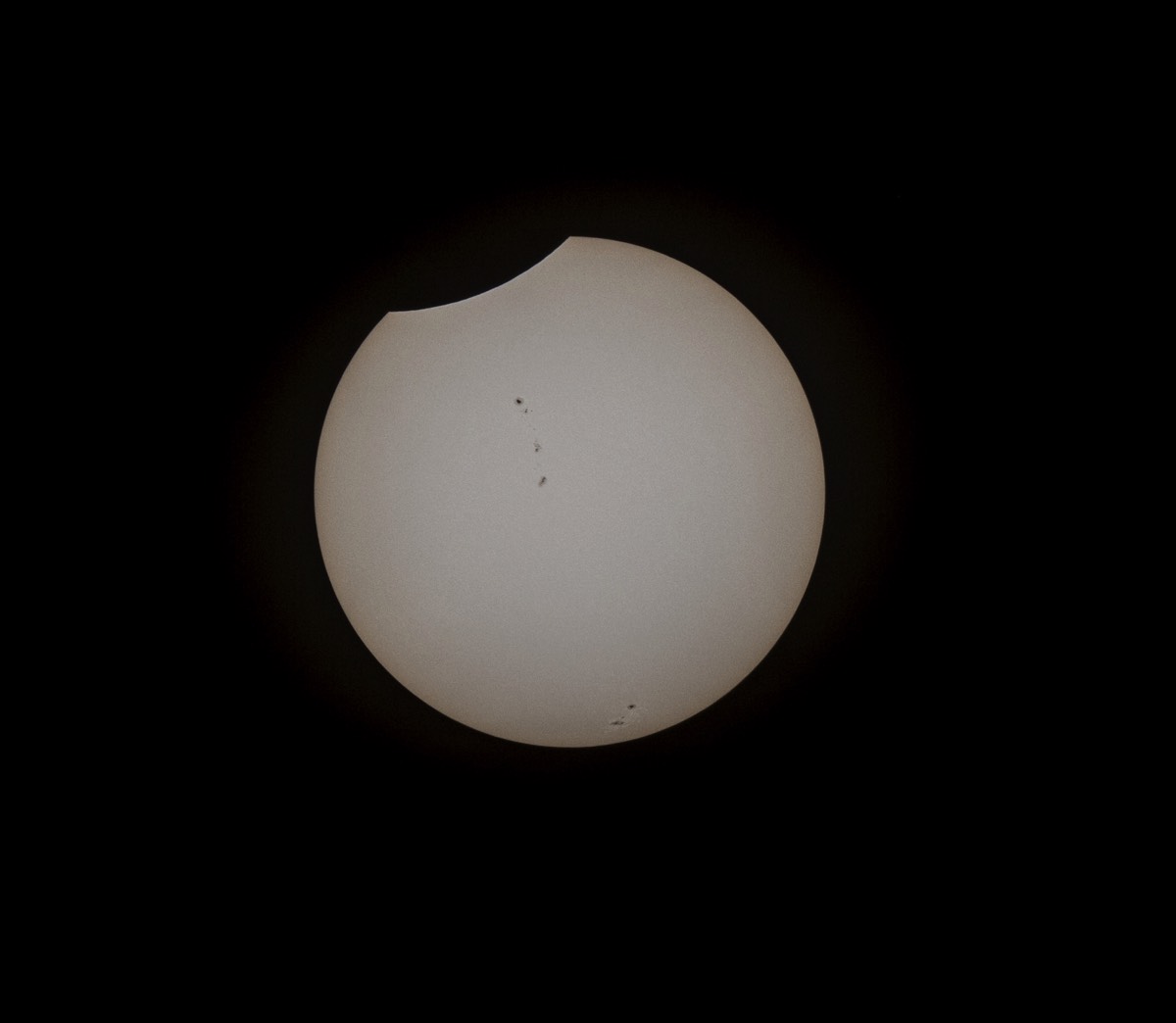
The moon silently started to cross over the sun right on time near noon on 21 Aug. This image was taken at 12:01PM, 4 min after first contact. For the next hour and half, the moon would slowly take over the sun. 1/1600sec exposure taken using a solar filter on a Stellarvue SV80s telescope and Canon 60Da Camera.
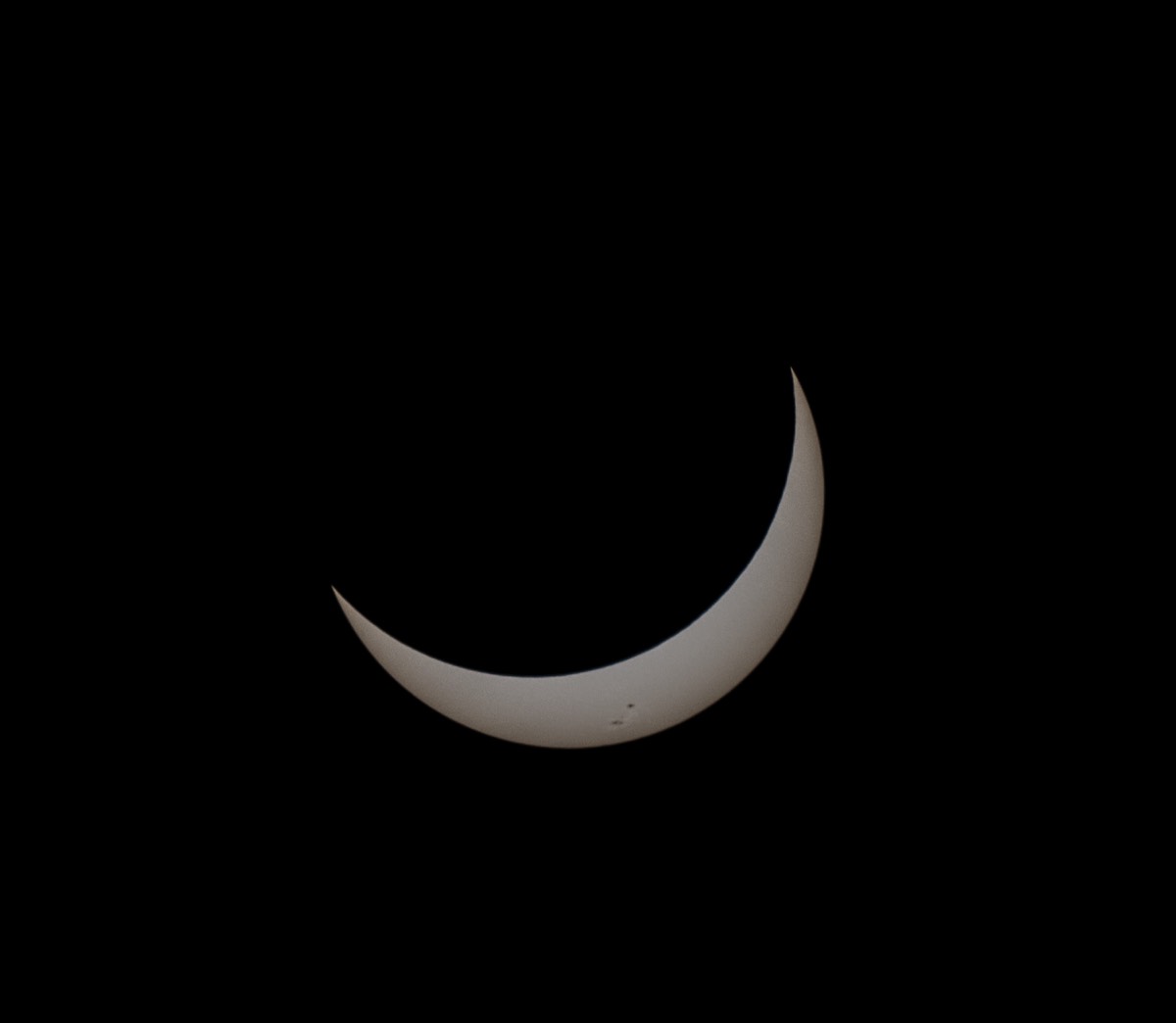
At 1:09 PM the sky started eerily dimming and the temperature started cooling. We were about 15min away from totality. 1/1600sec exposure using a solar filter on a Stellarvue SV80s telescope and Canon 60Da camera
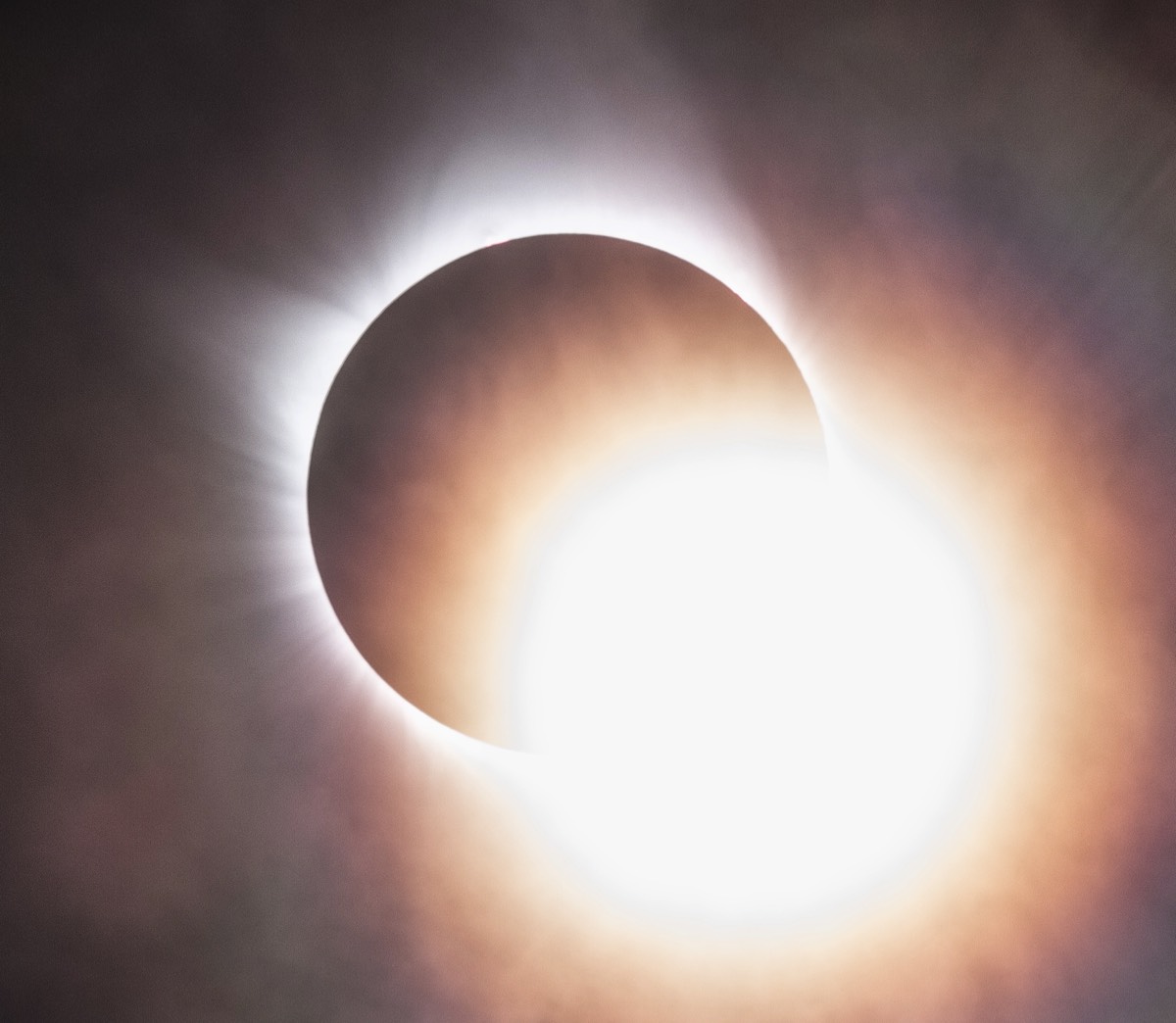
Moments prior to the moon covering the sun we had an awesome display of the diamond ring at 1:22 PM. 1/80sec exposure using a Stellarvue SV80s telescope and Canon 60Da camera.
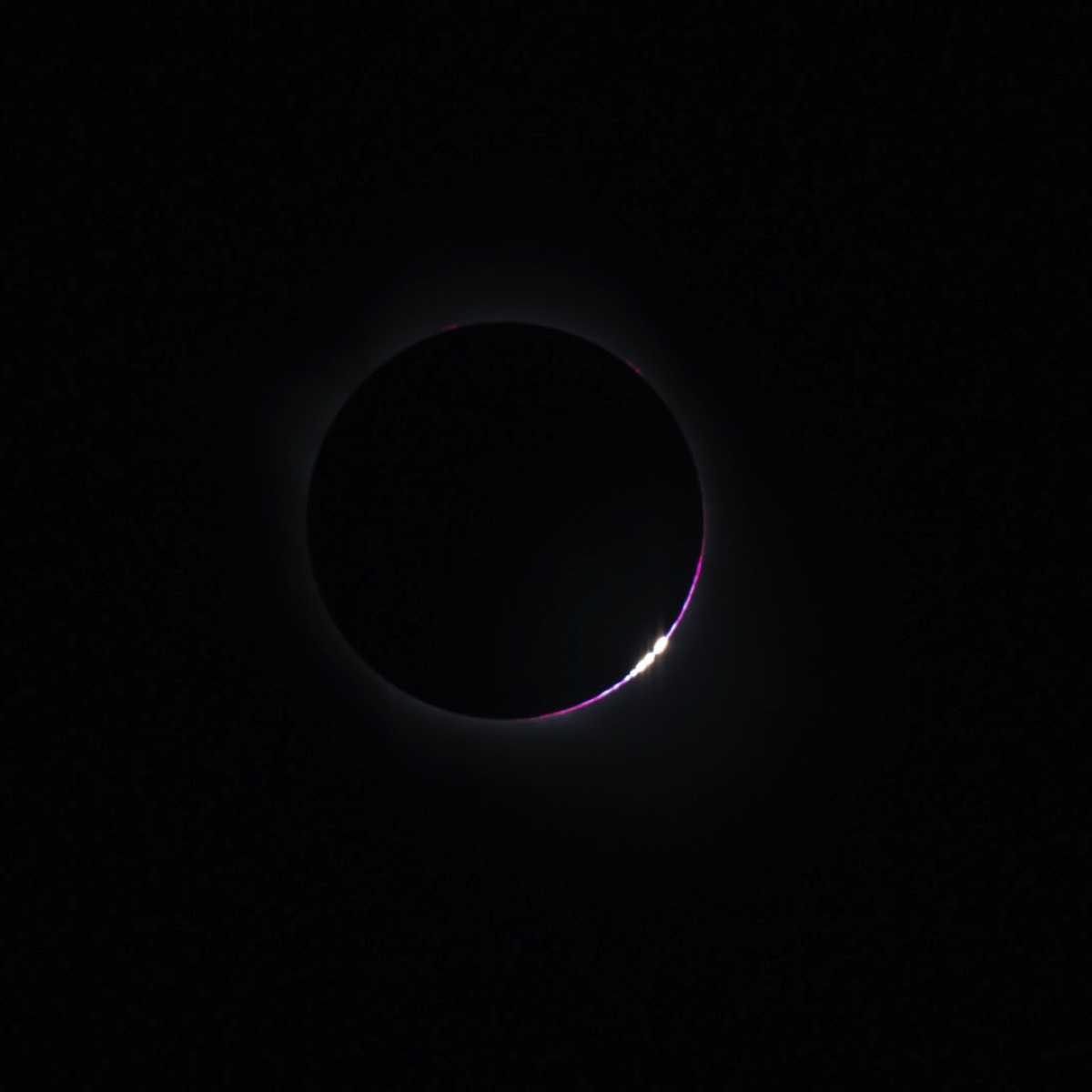
Literally moments after seeing the diamond ring, Bailey Beads passed the last bit of sunlight through valleys on the moon surface and red prominence’s became visible on the edge of the moon. 1/8000sec exposure using a Stellarvue SV80s telescope and Canon 60Da camera
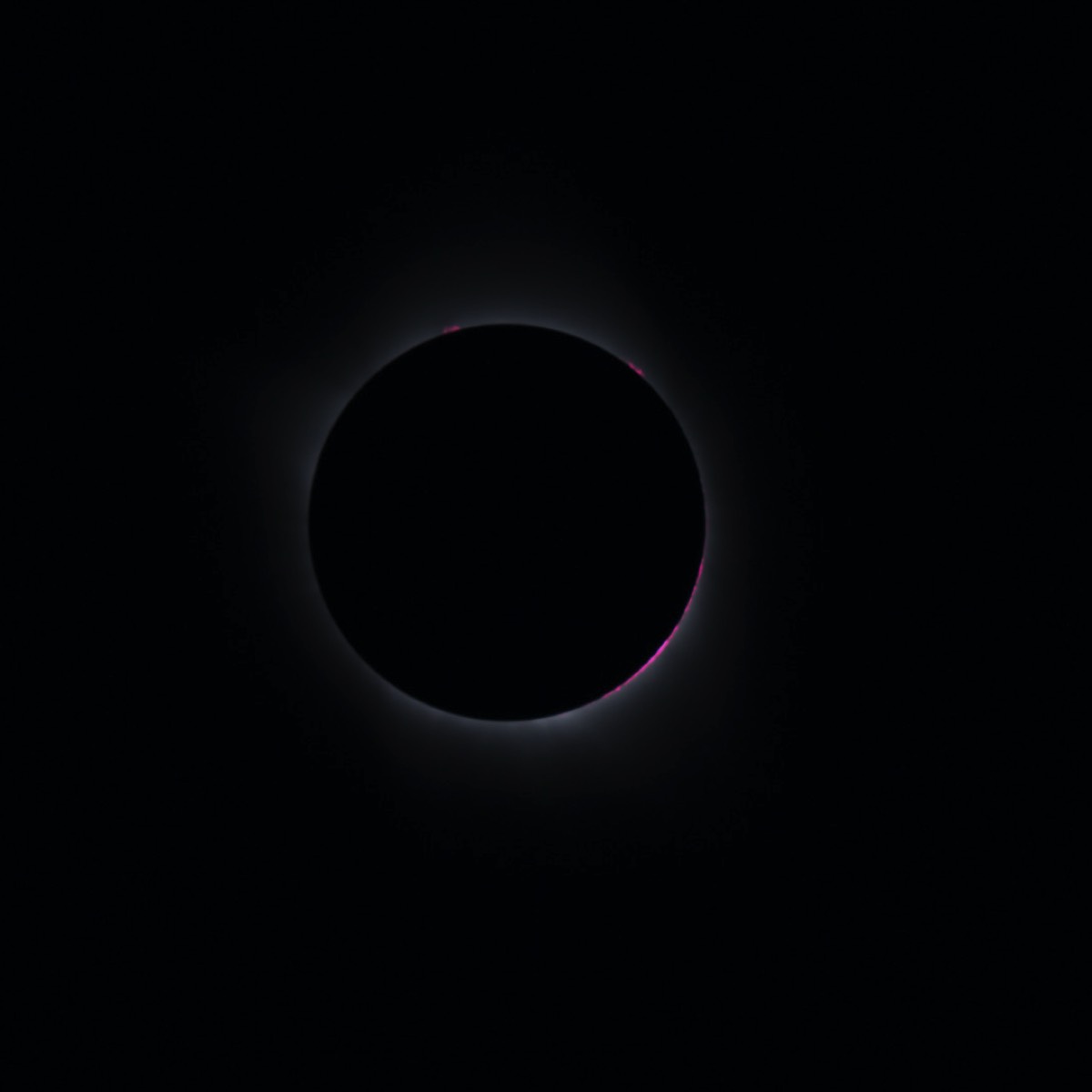
Totality at 1:23 PM CDT. Red prominance’s and the suns chromosphere are visible. 1/1600sec exposure through a Stellarvue SV80s telescope using a Canon 60Da camera.
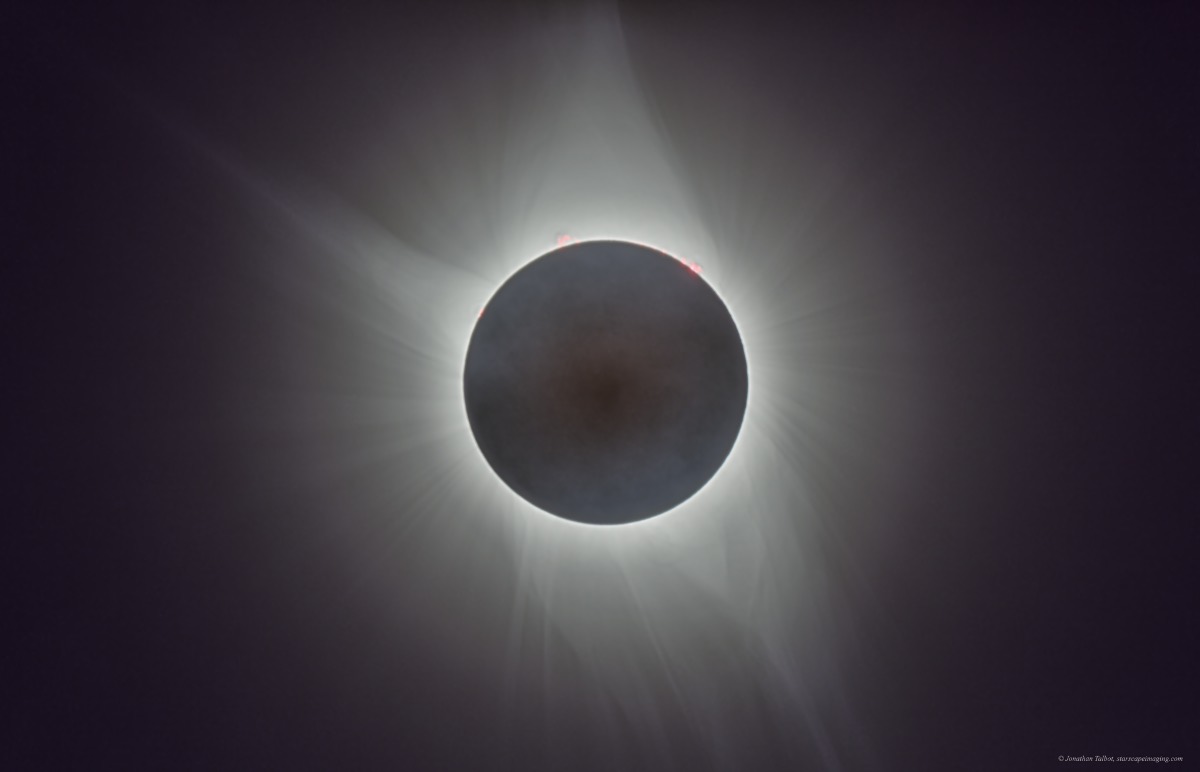
The suns corona. This image is a composite of 9 separate images varying in exposure time from 1/1600 sec to 2 sec and combined as a High Dynamic Range image to show details in the suns corona. Details on the moons surface are visible due to earthshine (reflection of light off earth) however not as good as many other images due to high clouds which were moving through at the time of maximum eclipse. Stellarvue SV80s telescope and Canon 60Da camera. A higher resolution version can be found here.

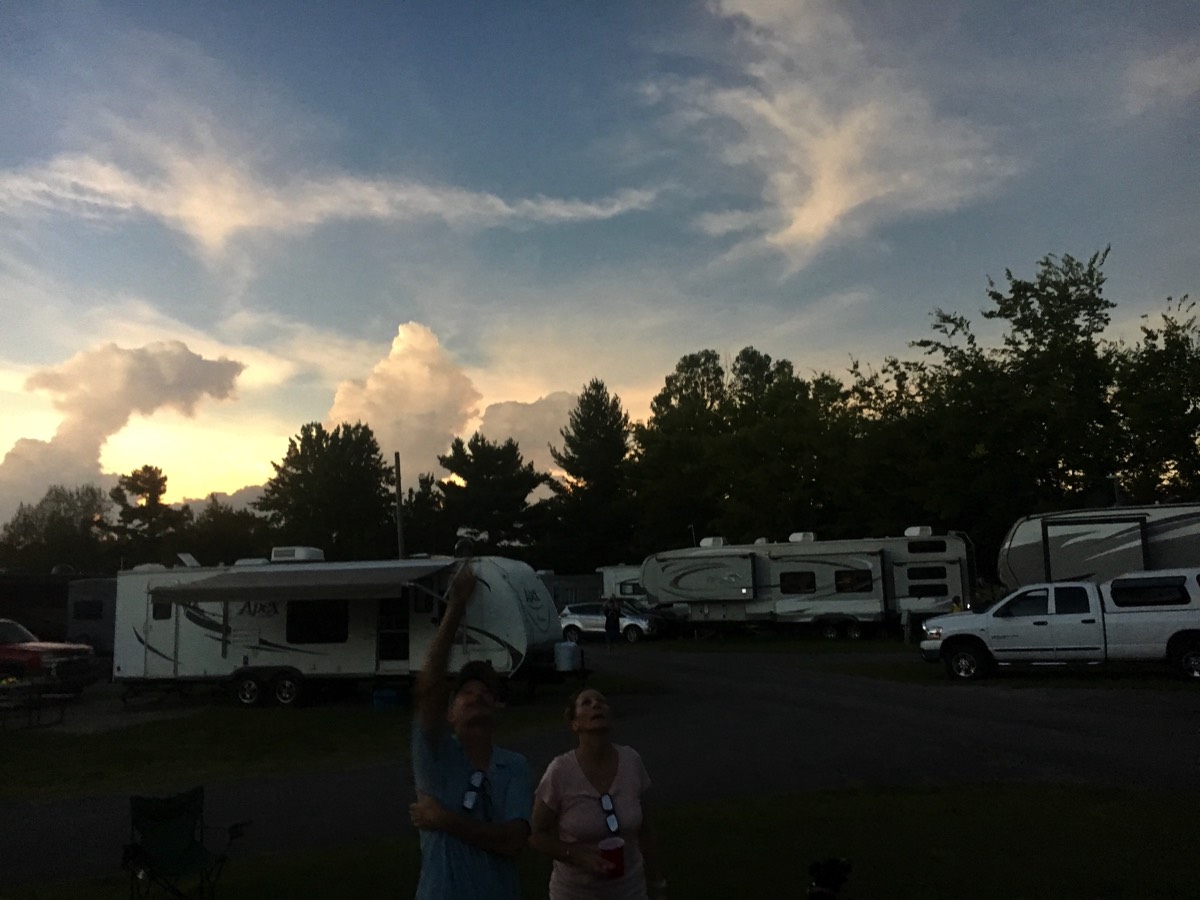
During totality the skies darkened to give a 360deg sunset view! The major planets including Jupiter and Venus were easily visible.
Photo credit Janice Talbot
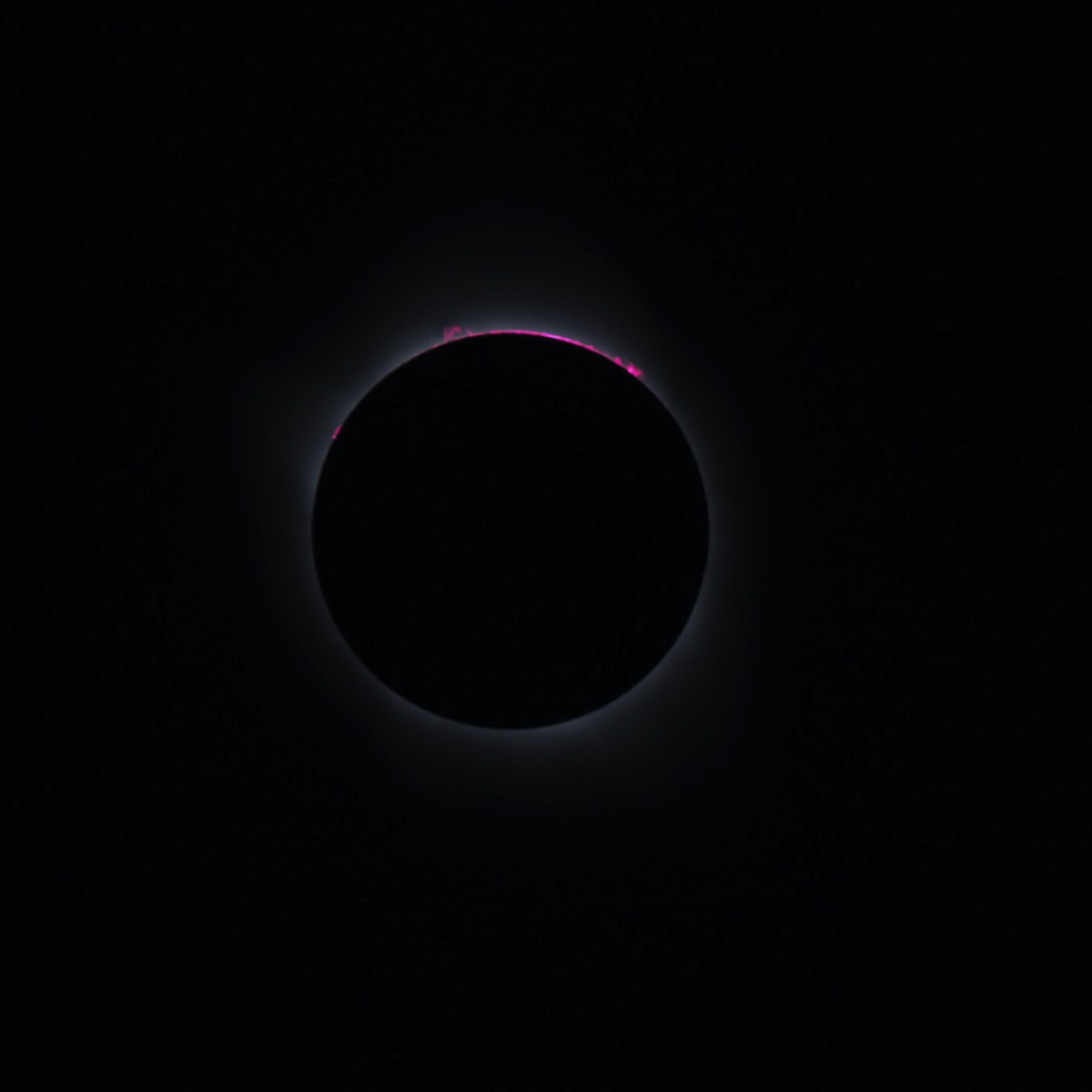
As the moon slowly moved towards to lower right, Prominences on the limb of the sun became much more visible. 1/1600sec exposure through a Stellarvue SV80s telescope and Canon 60Da
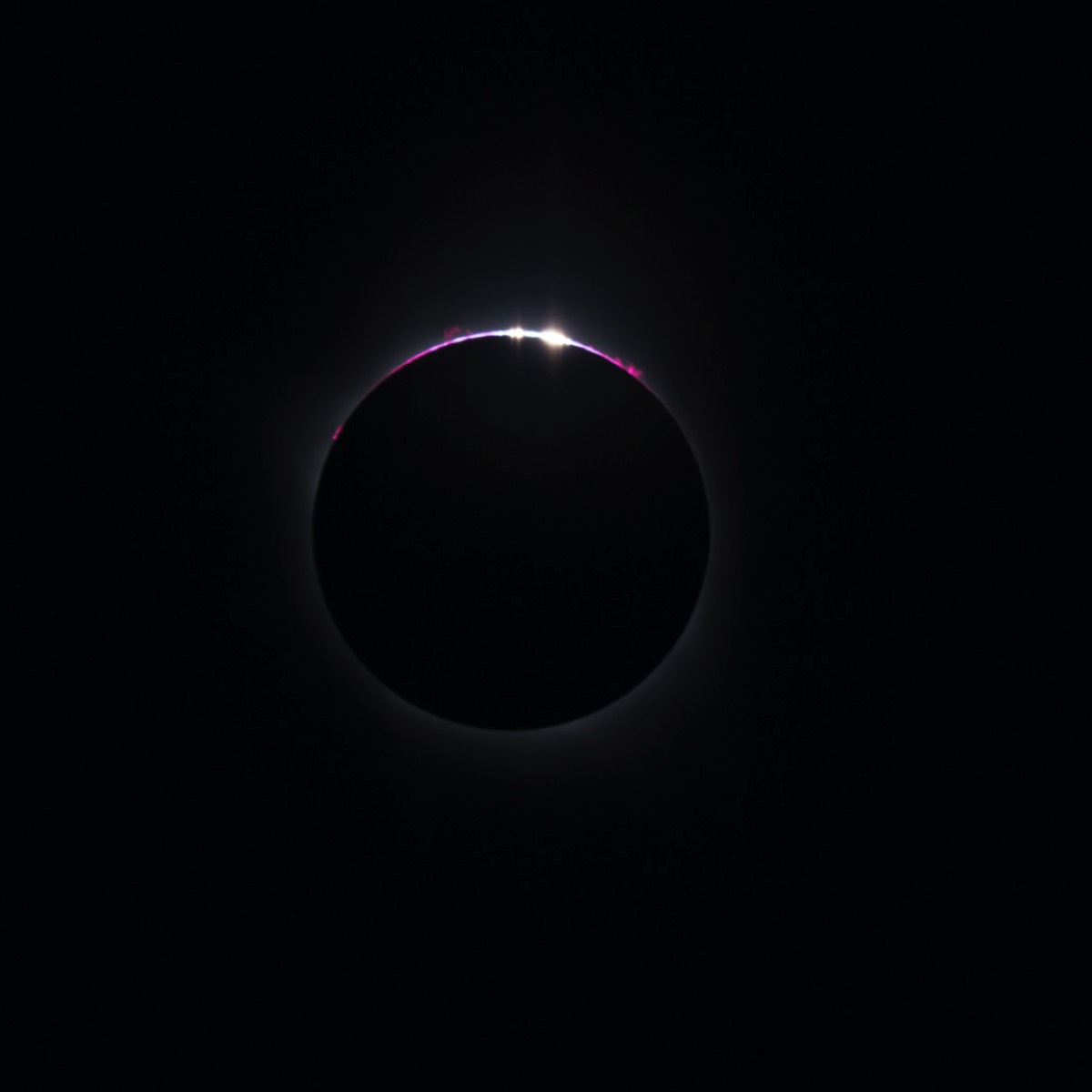
At 1:25pm the first rays of sunlight are again peeking over the moons surface creating Baileys Beads at contact 3. 1/8000sec exposure through a Stellarvue SV80s telescope using a Canon 60Da camera.
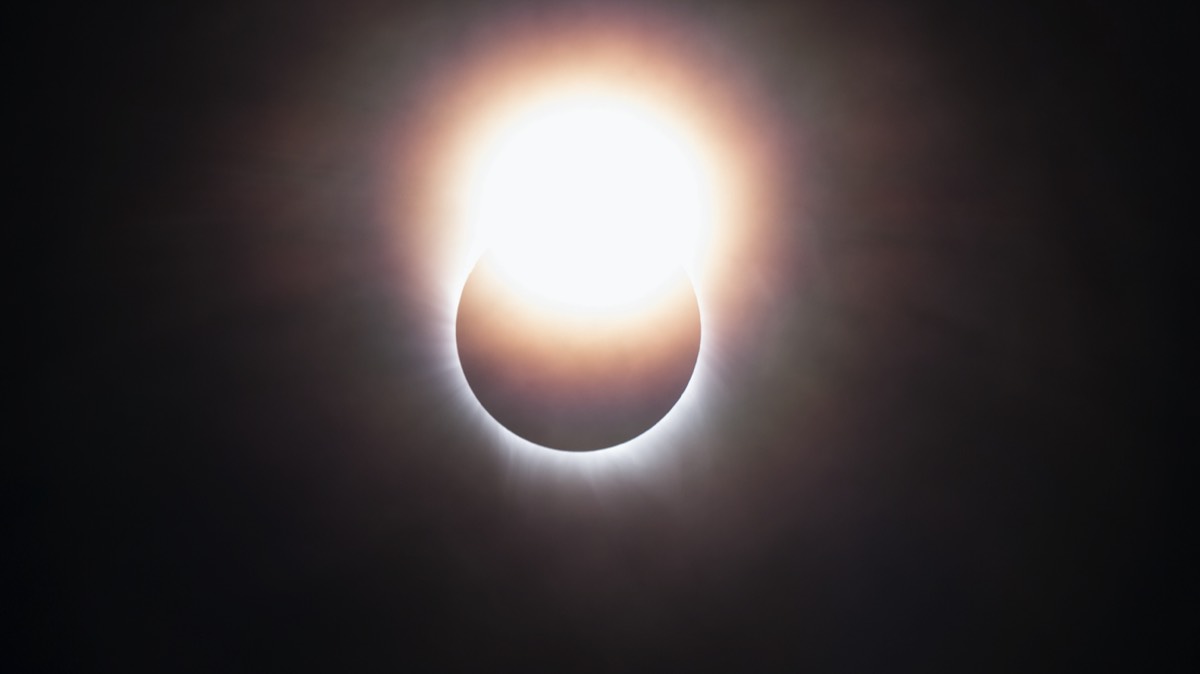
The second diamond ring appears just after contact 4 at 1:25pm. 1/80sec exposure using a Stellarvue SV80s telescope and Canon 60Da camera.
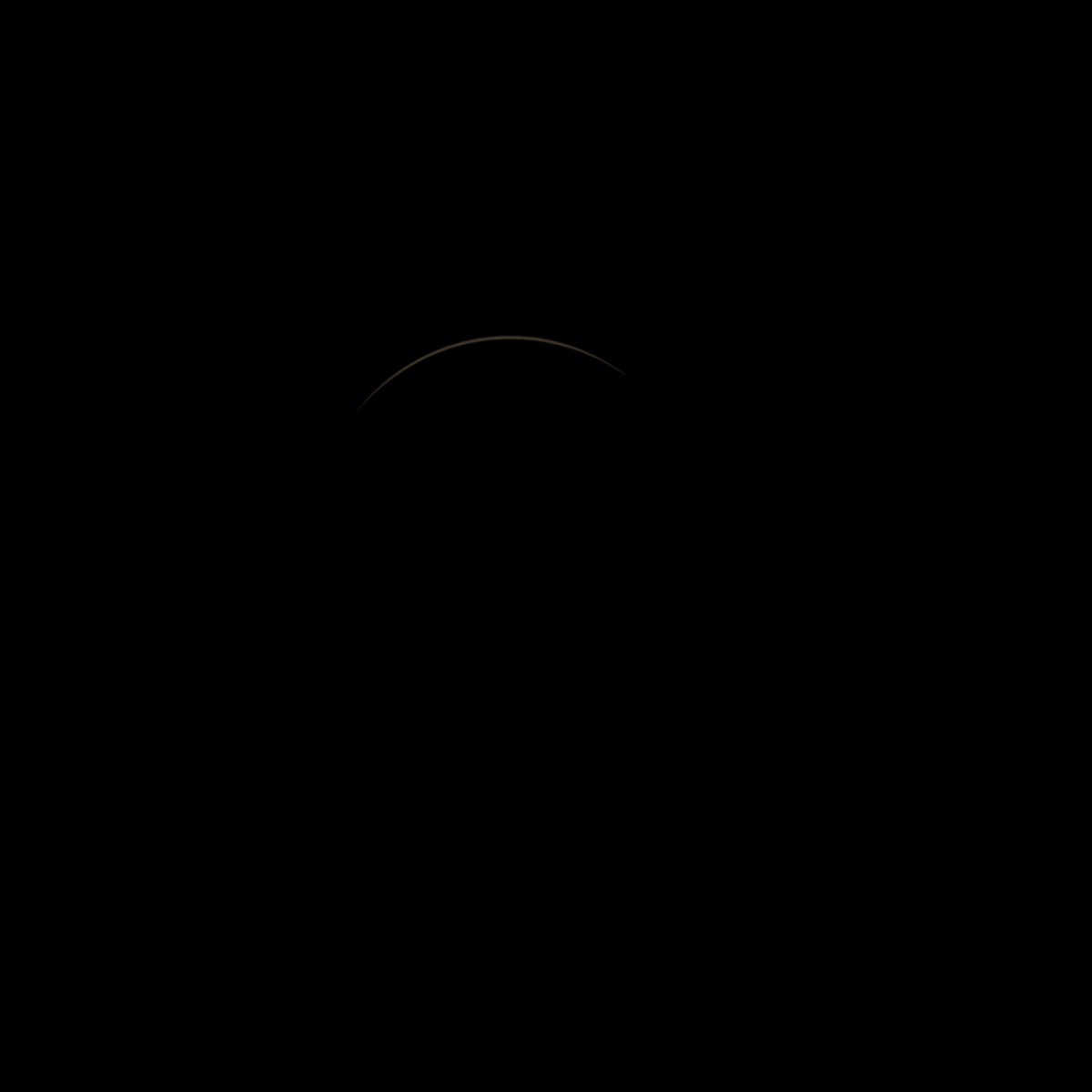
The moon silently starts to glide away from the sun and the suns disk is just becoming visible in this exposure. 1/1600sec exposure using a solar filter on a Stellarvue SV80s telescope and Canon 60Da camera.
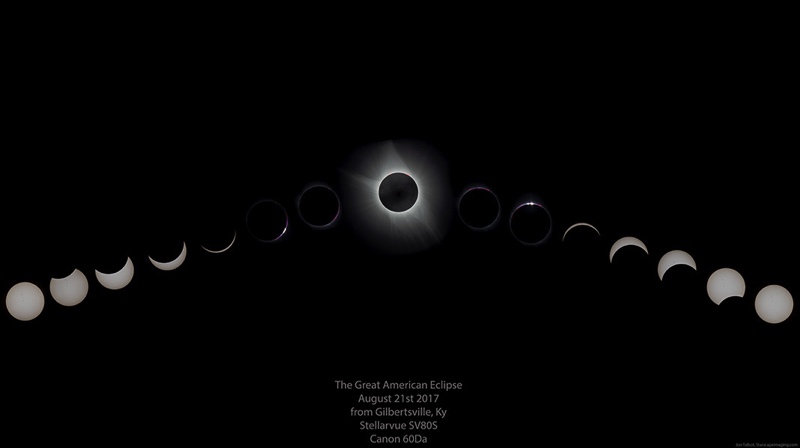
A mosaic composite of images take of the entire eclipse from Gilbertsville, KY. Click here for a higher resolution version.
See the video of our adventure here: https://youtu.be/5xF21nVJmqA
- Optics : Stellarvue SV80s refractor @ f6
- Mount: Astrotrac Portable Pier system
- Camera: Canon 60Da
- Filters: Baader Solar filter
- Exposure: Various
- Camera/Mount Control: Solar Eclipse Maestro
- Guiding: Unguided
- Processing: PixInsight 1.8, PS CC
- Location: Gilbertsville, KY
- Date: 21 Aug 2017
